Architecture, Engineering, and Construction
The list of companies in the Architecture, Engineering, and Construction industries that qualify for the R&D Tax Credit is long. Unfortunately, the list of those companies who are unaware that the activities they engage in daily could be generating additional tax savings for them isn’t much shorter. Read on for helpful examples of activities that qualify for the credit, as well as how we analyze the activities of companies in this industry to help steer our calculations.
Four-Part Test
The first step in determining whether an activity qualifies as Research and Development for tax credit purposes, is the four-part test. The IRS put together this list of universal criteria that must be met to determine that legitimate R&D occurred. The four-part test is as follows:
Permitted Purpose – the activity is intended to result in a new or improved product or process (must be improving the functionality, performance, reliability, or quality)
Technological in Nature – the activity must rely on the principles of physical or biological science, engineering, or computer science
Technical Uncertainty – at the beginning of the activity, the taxpayer must be uncertain as to capability, method, or design
Process of Experimentation – the taxpayer must evaluate one or more alternatives to eliminate technical uncertainty (e.g., modeling, simulation, or systematic trial and error)
Anyone who is actively performing, supervising, or supporting an activity that meets all four parts will have qualifying R&D time that goes into calculating the R&D tax credit.
Qualifying Activities
Many different activities qualify as Research and Development for tax credit purposes in A&E and Construction businesses. Companies that design and develop new or improved, unique facilities, including those intended for health care, entertainment, and infrastructure, such as dams, bridges, and railway systems qualify for the R&D Tax Credit. Any time your company develops new and innovating designs to achieve sustainability and Leadership in Energy and Environmental Design (LEED), or “green,” standards or systems, R&D is occurring. Designing and developing new or improved methods of heating, lighting, powering, venting, and cooling for building and mechanical systems also support the R&D process. There are many other qualifying activities, including the following:
Assist or lead efforts in the design and construction of projects, including bids and Requests for Proposals (RFPs)
Improvement to building resiliency regarding seismic or extreme weather events
Engineering activities as they apply to concept and value engineering
Testing and determining physical properties or materials as they behave in multiple environments
Utilizing CAD and BIM activities in new or improved product and process designs
Time spent directly performing, supporting, or supervising these activities would also qualify as R&D time. Adams Consulting works with your company to identify the qualifying activities of your business and document those efforts through an R&D Tax Credit Study.
Qualifying Titles
While an employee’s job title itself is not always indicative of their specific job duties, the IRS does consider certain titles associated with the Architecture & Engineering and Construction industries when it comes to qualifying activities. Some examples of A&E and contracting titles associated with R&D activities include:
AutoCAD Drafter
Civil Engineer
Construction Manager
Designer
Drafter
Electrical Engineer
Mechanical Engineer
Project Manager
Structural Engineer
Non-qualifying Activities and Titles
Some activities and titles do not typically qualify for the R&D tax credit. Examples of non-qualifying activities are:
Adaptation or duplication of existing business components to meet a particular customer’s requirements
Surveys (e.g., efficiency surveys, management surveys, market research, routine data collection, and routine quality control)
Research that is wholly funded by grant or contract
Research conducted outside the United States
Research related to style, taste, cosmetic, or seasonal design factors
Research in the social sciences, art, or humanities
Examples of titles not usually associated with R&D qualifying activities would be:
HR
Purchasing
Marketing
Other soft-science related areas
Adams Consulting works with your company to identify which employees and activities are qualifying for the R&D Credit. We then thoroughly document those activities and the functions of those individuals involved as part of the R&D study.

